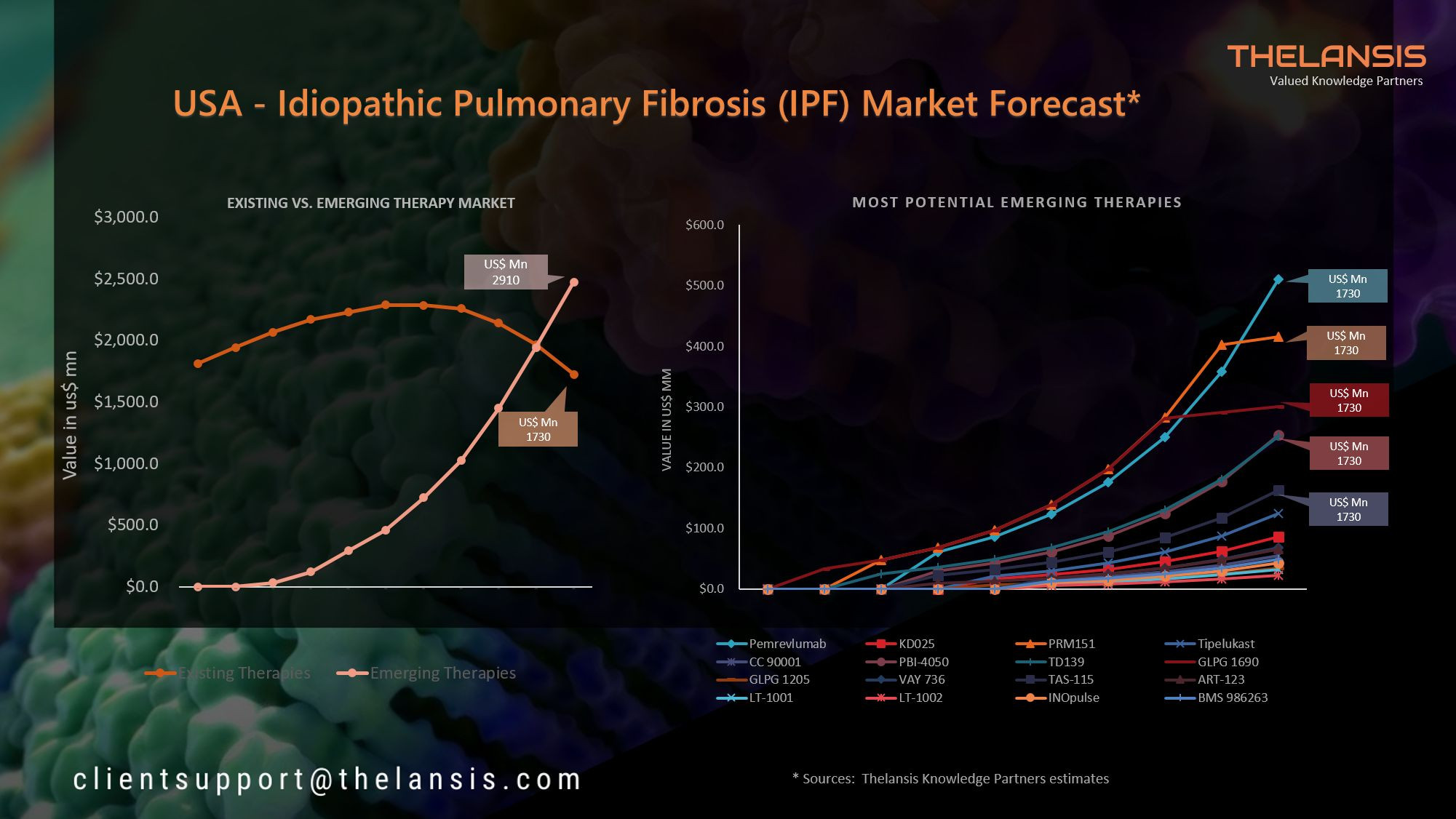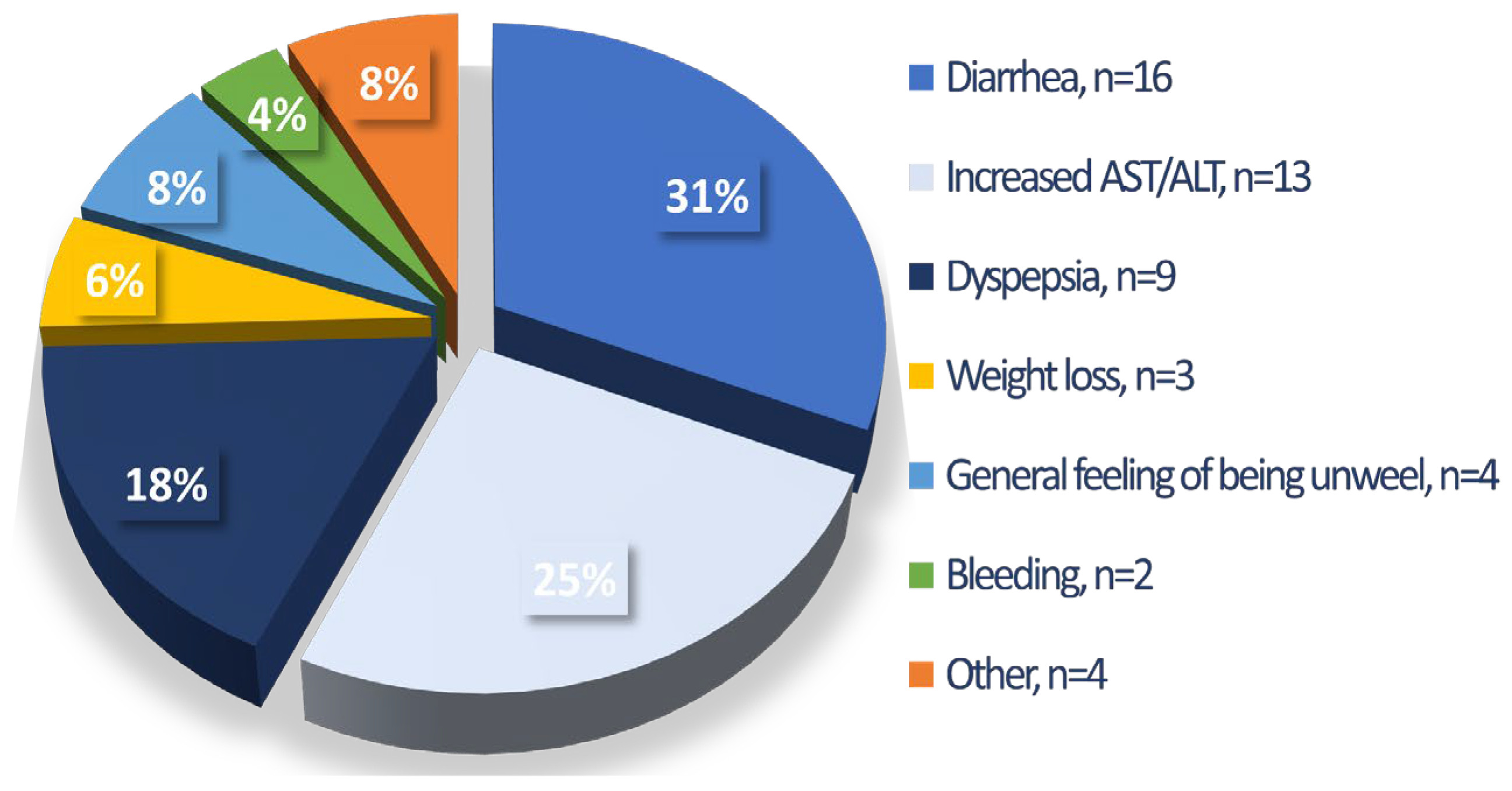A Growing Challenge: The Global Rise of Idiopathic Pulmonary Fibrosis
Idiopathic Pulmonary Fibrosis (IPF) is a chronic, progressive lung disease that causes scarring in the lungs, leading to difficulty breathing. The condition, which is typically diagnosed in individuals over the age of 50, has been steadily increasing in prevalence, presenting a significant public health concern worldwide. The United States, for instance, sees around 100,000 new cases of IPF each year.
The exact cause of IPF remains unknown, and the disease is often misdiagnosed due to its similarity to other conditions. A lack of awareness and diagnostic challenges contribute to delayed diagnosis and treatment, further complicating the situation.
The IPF Market: A $4 Billion Opportunity
The global IPF market is experiencing rapid growth, driven by factors such as increasing prevalence, aging populations, and advancements in diagnosis and treatment. The market, valued at approximately $2.5 billion in 2020, is projected to exceed $4 billion by 2027. This growth is fueled by a surge in research and development, leading to the emergence of several promising therapies that have shown potential in clinical trials.
Leading the Charge: Pharmaceutical Companies Invest in IPF Research
Several pharmaceutical companies have recognized the growing IPF market as a significant opportunity. They are actively involved in research and development, focusing on novel therapies to address the unmet needs of patients. This has led to the introduction of several new treatment options, including pirfenidone and nintedanib, which have demonstrated efficacy in slowing disease progression.
Navigating the IPF Market: Key Players and Competitive Landscape
The IPF market is characterized by a competitive landscape, with several pharmaceutical giants vying for market share. Some of the key players in this space include:
- Boehringer Ingelheim: The company's nintedanib is a key player in the IPF market, demonstrating its commitment to offering treatment solutions.
- InterMune: Now a part of Roche, InterMune brought pirfenidone to the market, significantly improving treatment options for IPF patients.
- Genentech: As a subsidiary of Roche, Genentech is actively involved in the development of new IPF therapies, including a potential treatment that targets the underlying inflammatory processes associated with the disease.
- Pfizer: This global pharmaceutical company is exploring various treatment modalities for IPF, focusing on the development of new drugs that target specific pathways involved in the disease.
- FibroGen: The company has developed a novel therapy called pamrevlumab, which aims to target the TGF-beta pathway, a key player in the development of IPF.
These companies are actively investing in research and development to bring innovative therapies to market, aiming to improve the lives of individuals living with IPF.
Challenges and Opportunities: Shaping the Future of the IPF Market
Despite significant advancements in treatment options, the IPF market faces several challenges, including:
- Early Diagnosis: The lack of awareness and diagnostic challenges often result in delayed diagnosis and treatment, leading to poorer outcomes for patients.
- Limited Treatment Options: While new treatments have emerged, the current options may not be suitable for all patients, and there is a need for more effective therapies.
- High Treatment Costs: The cost of IPF medications can be prohibitive for many patients, impacting access to treatment and patient outcomes.
- Lack of Access to Care: Some individuals living with IPF may lack access to specialists and treatment centers, particularly in low- and middle-income countries.
Despite these challenges, there are several opportunities for growth and innovation in the IPF market:
- Increased Awareness: Raising awareness about IPF and its symptoms can facilitate early diagnosis and improve patient outcomes.
- Development of New Therapies: Continued research and development are crucial to discovering new, more effective treatments for IPF.
- Improved Access to Care: Initiatives that expand access to specialists and treatment centers can improve outcomes for patients.
- Personalized Medicine: The use of personalized medicine approaches can tailor treatment plans to individual patient needs, potentially improving effectiveness.
The Future of IPF Treatment: A Focus on Precision Medicine
The future of IPF treatment is likely to be shaped by precision medicine approaches. This involves tailoring treatment plans to individual patients based on their genetic makeup, lifestyle factors, and disease progression. By understanding the unique characteristics of each patient, healthcare providers can deliver more targeted and effective treatment, leading to better outcomes.
Conclusion: A Journey of Hope for IPF Patients
The IPF market is poised for significant growth, driven by increasing prevalence, advancements in treatment options, and the promise of precision medicine. Despite the challenges, the landscape is optimistic, with pharmaceutical companies and researchers working tirelessly to improve the lives of individuals living with IPF. With ongoing research and development, there is hope for better treatment options and a brighter future for those affected by this debilitating disease.


















